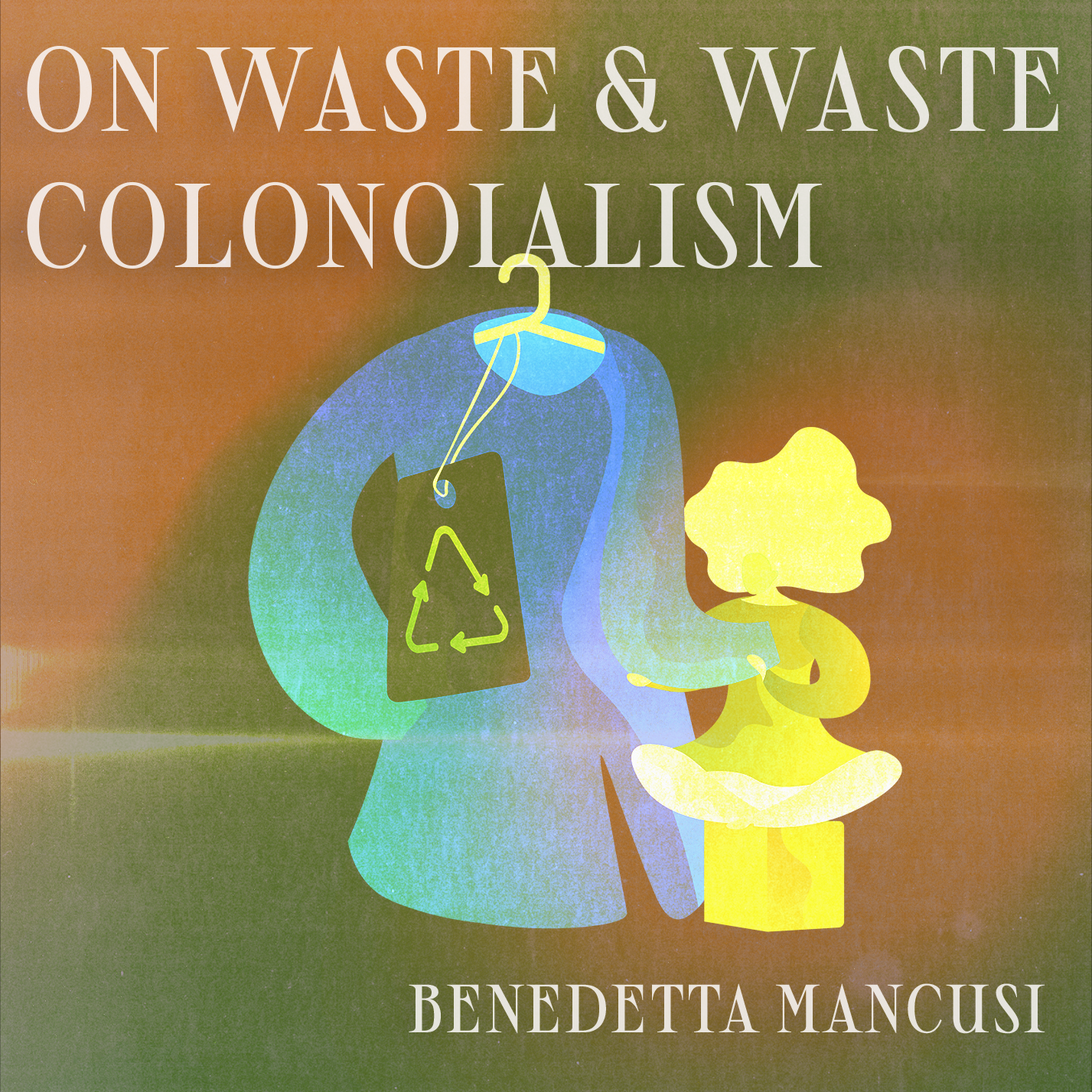On Waste & Waste Colonialism
As London Fashion Week welcomes the international fashion community for another season, Benedetta reflects on the underbelly of this intercontinental exchange after the clothes have served their purpose…
That the fashion industry is one of the main polluters globally is — or should be — a well-known fact. On the one hand, fast fashion companies churning out collection after collection to keep up with trends, exploiting workers and depleting resources; on the other, the greenwashing currently permeating the industry; companies relying on clever marketing and buzz words to pass as ‘green’ and ‘ethical.’
Unsurprisingly, one of the biggest issues, according to an analysis carried out by Good On You for over 5,900 brands, is a much-talked-about/not-enough-done-about lack of transparency, as most brands fail to disclose their actual production volumes. In fact, “only 16% of all brands scored ‘Good’ or ‘Great’ across all areas (environment, labour, and animal welfare), demonstrating how the industry needs to do much better. This percentage includes a large share of small and independent labels showing leadership.”
There are also some companies trying to find more innovative solutions to deal with textile waste. Renewcell, for instance, is a textile-to-textile recycling company based in Sweden that’s managed to process around 60,000 tonnes of waste within a year — while that might seem an enormous amount (and it is), the figure pales in comparison to the waste generated in the EU and Switzerland in 2020 alone: 7 million tonnes. By 2030, it is estimated that this figure will increase by an additional 1.5 million tonnes.
“Only 16% of all brands scored ‘Good’ or ‘Great’ across all areas (environment, labour, and animal welfare)...”
Of this waste, the good quality garments go on resale in Europe, while the rest — the cheap, fast, not-so-good-quality garments — end up in the Global South. In Accra, Ghana, over 160 tonnes of textile waste need to be disposed of every single day; due to the poor quality, all the clothes that cannot be sold in Kantamanto market end up as landfill, often incinerated or thrown in rivers, and then swept up during monsoon season. It has become dangerous for people to swim in the ocean, not to mention how all the waste has impacted aquatic life, and even fishing, as textiles get tangled in the motors of fishermen’s boats. “Tentacles,” they call them: clothes, perhaps once loved, that have turned into marine monsters.
So, not only do fashion brands produce a staggering amount of waste every year, including very toxic pollutants, they also have a penchant for dumping said waste in developing countries already stunted by colonialism, slavery, resource appropriation and similar atrocities — without even providing locals with the resources to deal with it. Out of sight, out of mind. Donating unwanted clothes to charity shops is not a solution either, as only 10-30% of donated stock are actually resold. The rest? Landfill, or shipped off to the Global South to most likely suffer a similar fate. A Kantamanto retailer compares it to her neighbours going around her house to dump their waste in her trash — “the same logic applies to the clothing waste ending up in Kantamanto,” she says. “Money has to accompany in order to uplift the work we already do.”
With London Fashion Week upon us and Earth Day only a couple of months away, we cannot talk about fighting climate change without acknowledging waste colonialism and the huge impact it has on the lives of people who do not get to have a say about their own future. The Or foundation and Vestiaire Collective have been pressing policymakers to acknowledge the financial burden faced by countries like Ghana, all in the name of the Global North’s profit, and the necessity to hold the manufacturers accountable.
The gap between waste and recycling facilities widens as fast fashion giants keep churning out new garments. Recycling alone, therefore, cannot be a solution in the long term. Sustainable fashion is not a solution, merely a plaster applied to a stab wound. While it is exciting to hear about new fabrics and companies coming up with innovative solutions to dealing with discarded textiles, the main goal should be to work towards a circular and slower economy. Making the most of what’s already in circulation, fixing and repairing when needed. Producing less waste, for starers. And then keeping the waste where the waste is produced.
credits
words — benedetta mancusi
design — karina so.

